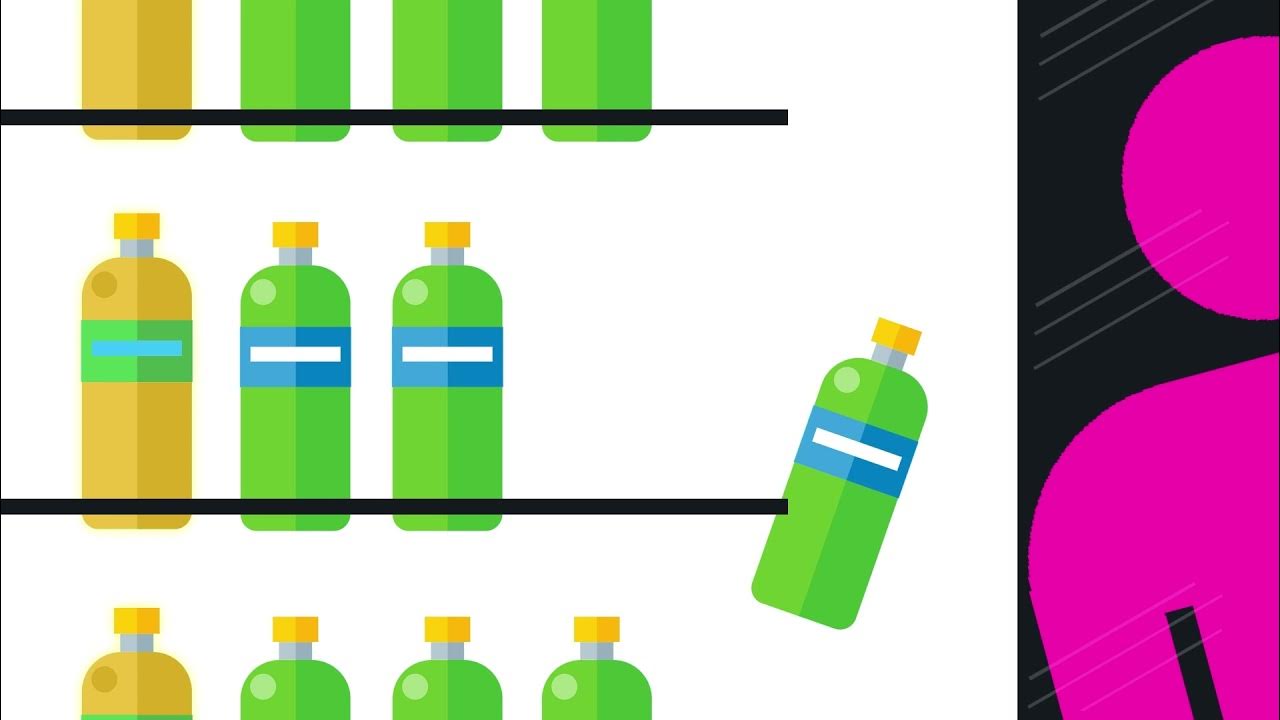#2 Push didalam stack (Seri mudah Stack)
Summary
TLDRIn this video, the concept of the Push method in a stack is explained, demonstrating how elements are added to the stack using a LIFO (Last-In-First-Out) principle. The process includes checking if the stack is full before inserting an element. The IsFull method helps ensure that the stack’s capacity is not exceeded. Additionally, the video covers error handling when the stack is full and introduces a method for printing the stack elements. This tutorial provides clear insights into stack operations and prepares the viewer for upcoming topics like the Pop method.
Takeaways
- 😀 Introduction to the 'push' method in stack operations, explained through a video tutorial.
- 😀 The script provides an overview of stack concepts, building on a prior video explaining the basics of stacks.
- 😀 A stack is illustrated with a maximum capacity, and elements are pushed onto the stack only if it’s not full.
- 😀 The 'isFull' method is introduced, which checks whether a stack has reached its maximum capacity.
- 😀 The 'isFull' method involves a parameter that checks the stack’s current count and compares it to the maximum limit.
- 😀 If the stack is full, the method returns true, signaling that no more elements can be added.
- 😀 If the stack is not full, the 'push' method allows inserting a new value into the stack.
- 😀 When pushing an element, the script checks the stack's current state and performs the operation accordingly.
- 😀 The code example includes inserting values such as 5, 10, and 15 into the stack, demonstrating the push process.
- 😀 An error message appears when trying to push a fifth value into a stack already holding four elements, indicating it’s full.
Q & A
What is the purpose of the 'isFull' method in the stack implementation?
-The 'isFull' method checks if the stack has reached its maximum capacity. If the number of elements in the stack equals the maximum capacity, the method returns true, indicating that the stack is full.
How does the 'push' method work in a stack?
-The 'push' method is used to add an element to the stack. Before adding the element, it checks if the stack is full using the 'isFull' method. If the stack is not full, the element is inserted, and the stack's count is updated.
What does the parameter 'stack* stack' mean in the 'isFull' function?
-The parameter 'stack* stack' represents a pointer to a stack. It allows the function to access and manipulate the stack's data structure in memory directly.
What happens if the 'push' method is called when the stack is full?
-If the stack is full, the 'push' method will not add the element and will print a warning message indicating that the stack has reached its maximum capacity.
Why is a pointer used in the stack implementation?
-A pointer is used to refer to the stack's memory address, allowing the program to manipulate the stack and its elements efficiently. This ensures that any changes to the stack reflect directly in memory.
What is the significance of the 'count' variable in the stack?
-The 'count' variable tracks the number of elements in the stack. It is used to check whether the stack is full or empty and helps in managing the stack's size.
How is the stack printed in the provided example?
-The stack is printed using a for loop that iterates through all elements in the stack, printing each one. The elements are displayed in the order they were inserted, and a newline is added after each element.
What is the role of the 'else' statement in the 'push' method?
-The 'else' statement is executed when the stack is not full. It handles the process of adding the new element to the stack, updating the 'count' and placing the value in the appropriate position.
How does the 'push' method handle the insertion of multiple values?
-The 'push' method allows multiple values to be inserted sequentially. After each value is added, the 'count' is incremented, ensuring that the next element is placed in the correct position.
What is the function of the 'for' loop in the stack printing process?
-The 'for' loop iterates through each index of the stack, printing each element one by one. This allows the user to view all the elements currently stored in the stack.
Outlines

このセクションは有料ユーザー限定です。 アクセスするには、アップグレードをお願いします。
今すぐアップグレードMindmap

このセクションは有料ユーザー限定です。 アクセスするには、アップグレードをお願いします。
今すぐアップグレードKeywords

このセクションは有料ユーザー限定です。 アクセスするには、アップグレードをお願いします。
今すぐアップグレードHighlights

このセクションは有料ユーザー限定です。 アクセスするには、アップグレードをお願いします。
今すぐアップグレードTranscripts

このセクションは有料ユーザー限定です。 アクセスするには、アップグレードをお願いします。
今すぐアップグレード5.0 / 5 (0 votes)






